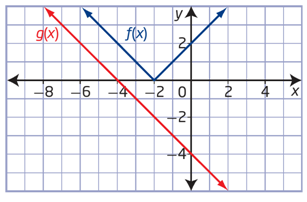Introduction to Composite Functions
Composite functions are a fundamental concept in mathematics that allows us to combine two or more functions to create a new function. The introduction video provides a crucial foundation for understanding this concept, making it an essential starting point for students. By watching this video, learners gain insight into how composite functions work and their significance in various mathematical applications. Composite functions are formed by applying one function to the output of another, creating a chain of operations. This process is denoted using specific notation and can be evaluated step-by-step. Understanding composite functions is vital for solving complex mathematical problems and is widely used in fields such as physics, engineering, and computer science. The ability to evaluate composite functions opens up new possibilities for analyzing and modeling real-world scenarios. As students progress in their mathematical journey, mastering composite functions becomes increasingly important, serving as a building block for more advanced topics in calculus and beyond.







